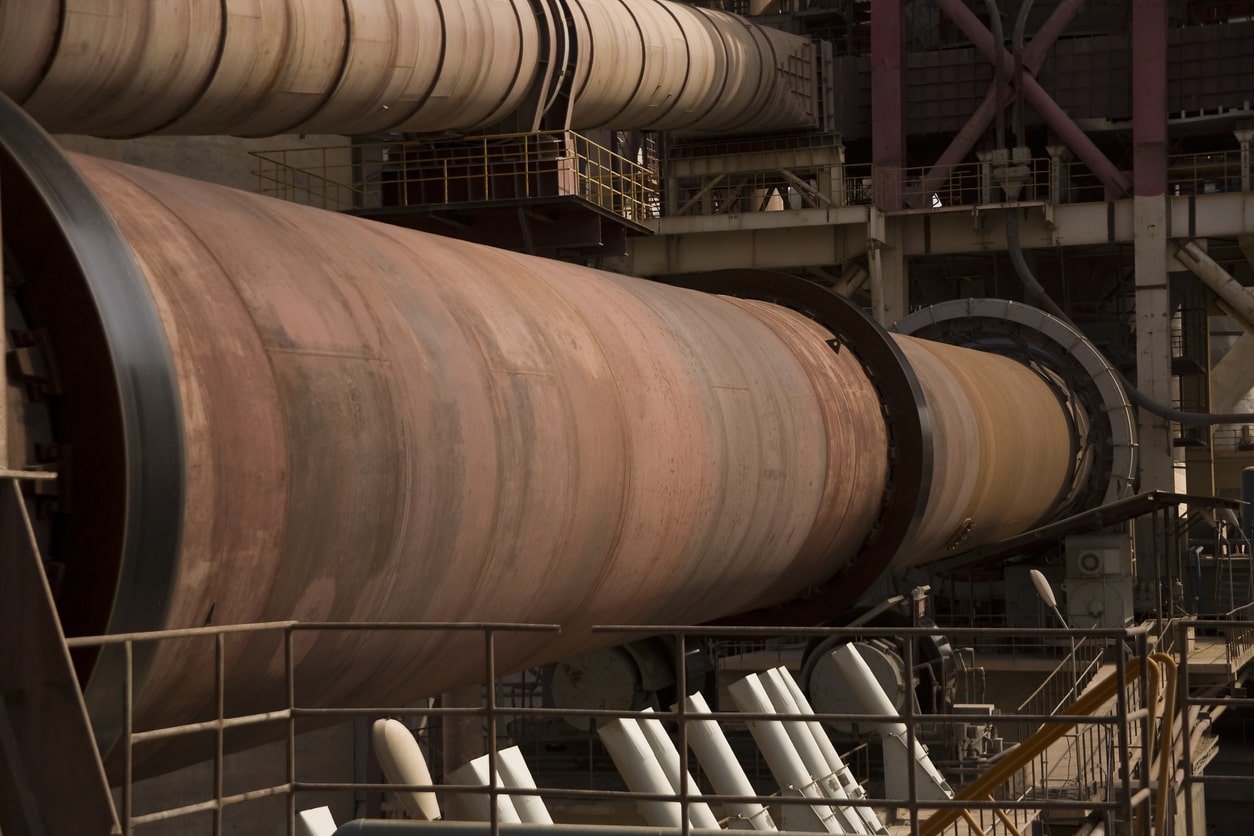
The cost of fuel and the need to reduce carbon emissions are the top two challenges facing the cement industry, according to our new survey conducted with World Cement.
The survey results suggest the industry is aware it needs to decarbonise before the widespread introduction of carbon capture, utilisation and storage (CCUS), with 84% of those surveyed stating it is ‘very important’ – and the consensus is that more action can be taken to reduce emissions today.
The survey was carried out among 50 respondents from organisations large and small around the world – from India, Thailand, Nigeria and Turkey to the US, Canada, Japan and the UK. The companies involved ranged in size from just one or two cement plants to more than 30, with respondents including engineering managers, technical managers and plant managers as well as general managers and directors.
Two-thirds of respondents’ companies have set carbon reduction targets for 2030 and, when asked what measures their companies are taking today to reduce carbon emissions, the use of substitute cementitious materials (SCMs) – including limestone calcined clay (LC3) – came out top, followed by alternative fuels and pyroprocess optimisation. Interestingly, these three technologies were identified as the most effective measures the industry could take to reduce emissions by 2030 in our original research published earlier this year, Three Technologies to Reduce Climate Change. They were also the top technologies respondents said their companies are planning to implement in the future to reduce carbon emissions, along with waste heat recovery, CCUS, and hydrogen fuel kilns.
Challenged to name the five carbon reduction measures they thought would be the most effective for their plant in the next 5-10 years, the majority of respondents chose SCMs or LC3. In second place was alternative fuels, followed by pyroprocess optimisation in third place, CCUS in fourth position and waste heat recovery in fifth place.
When it came to priorities for future investment, the majority of the respondents said alternative fuel equipment and infrastructure is the top priority. A fifth of respondents said new kilns to support hydrogen or electrolysis is their organisation’s top priority. Digitalisation solutions came next, followed by CCUS facilities.
The job of control room operator is becoming more challenging as a result of plans to reduce emissions, according to more than half of the survey respondents. And three-quarters of those surveyed said new tools are needed to support control room operators in their role.
Alongside the cost of fuel and the need to reduce carbon emissions, the other main challenges facing the survey respondents and their companies are alternative fuel quality and use, throughput, product quality, the need for new technology and the condition of plants, and capital expenditure and funding.
READ THIS NEXT
